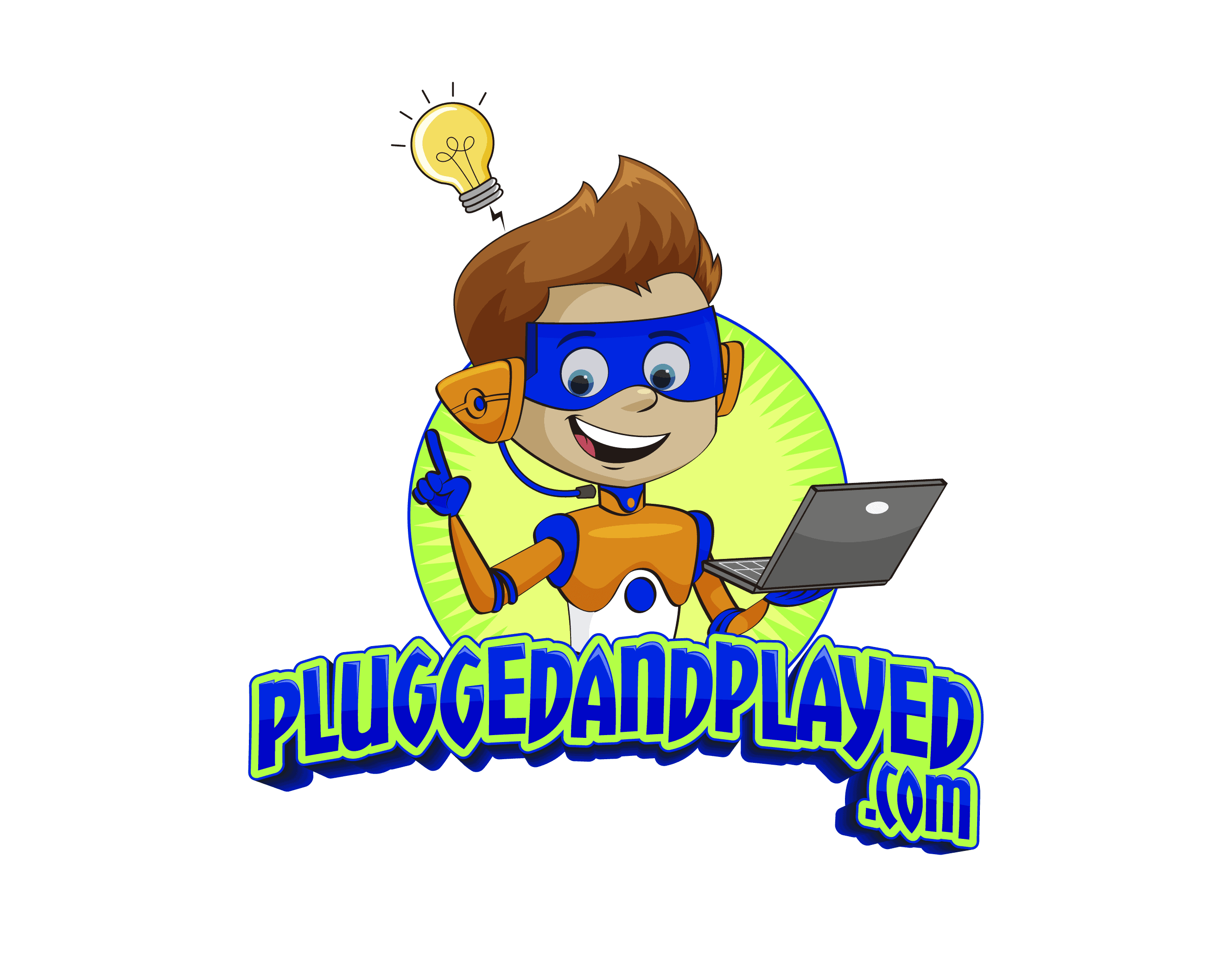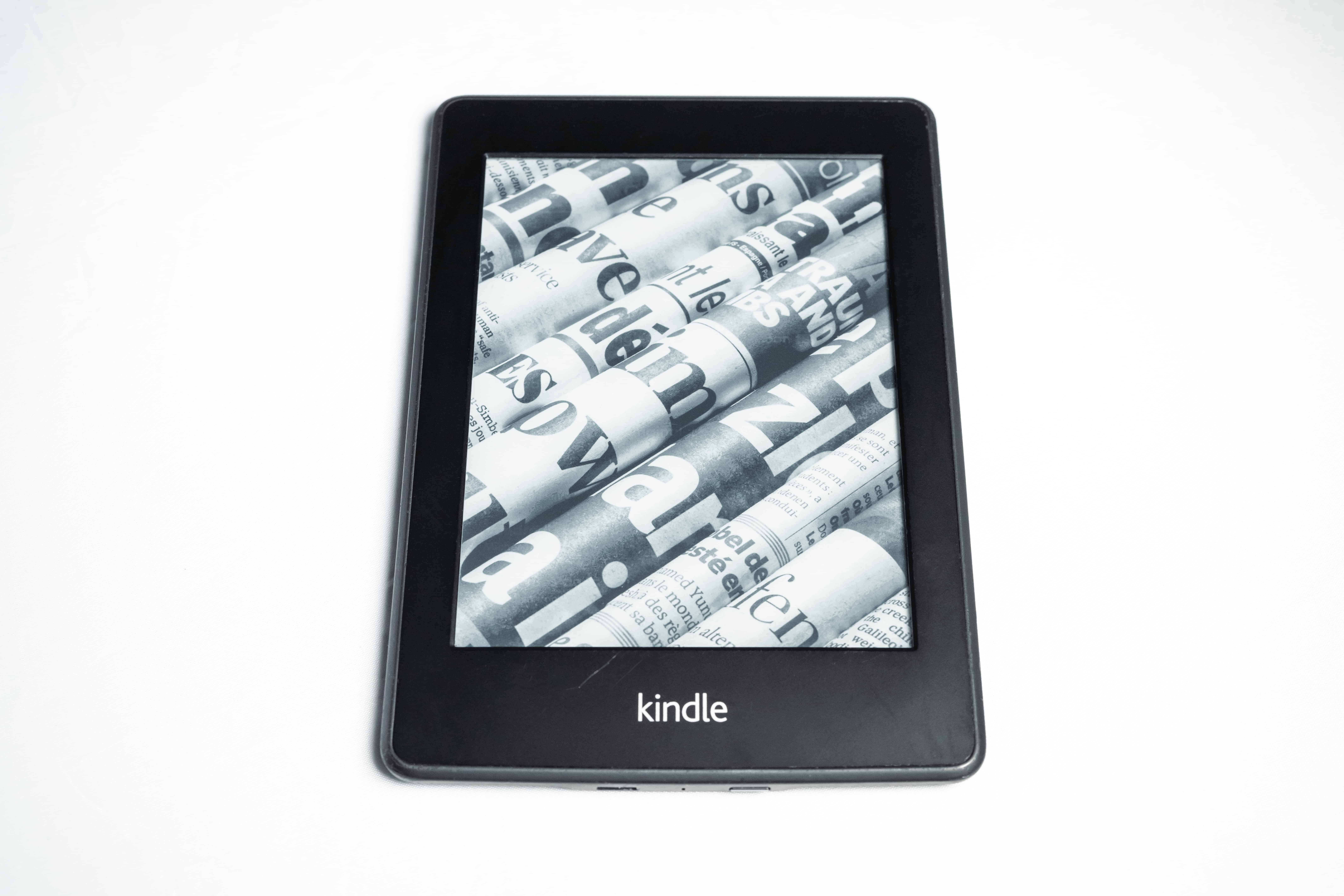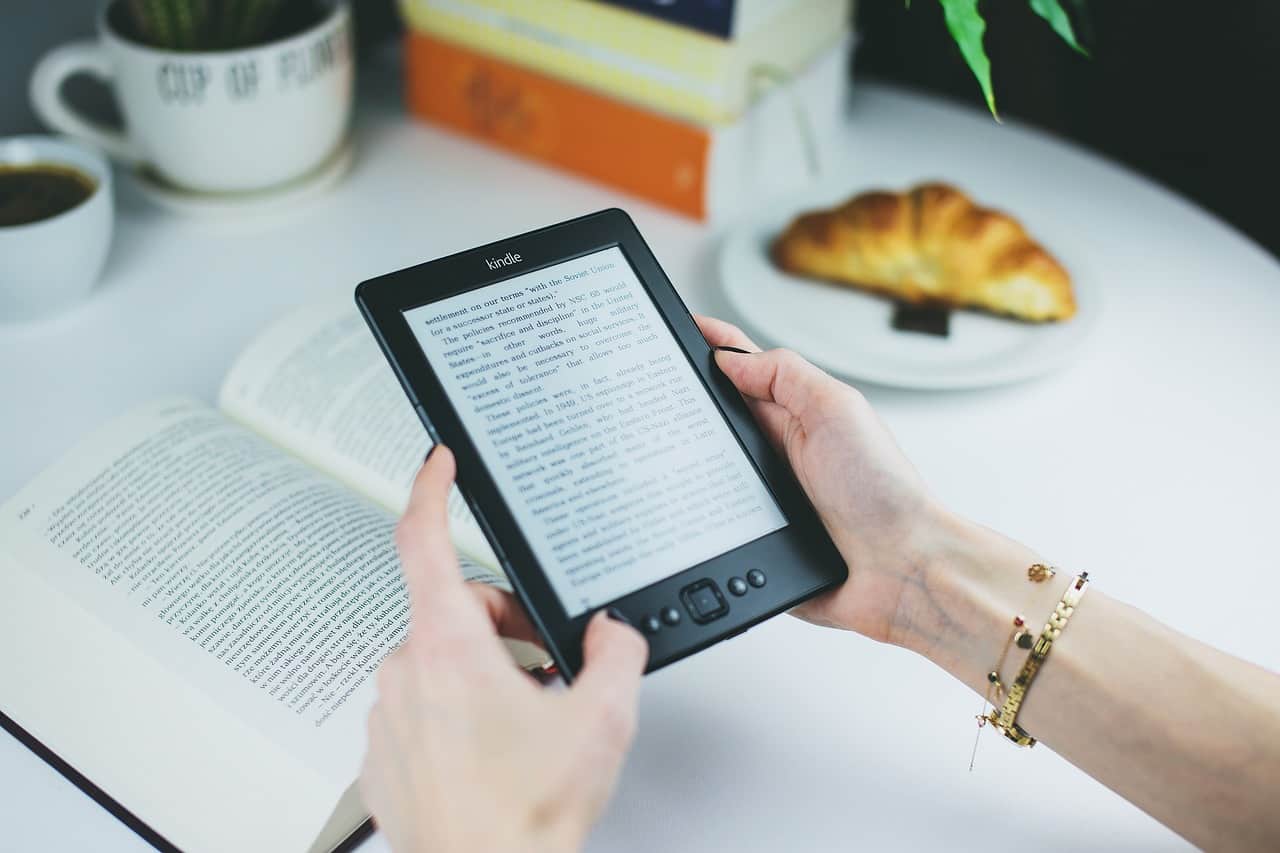The Apple Watch was first released in the spring of 2015 and quickly became one of the most popular smartwatches on the market. Millions of people use the Apple Watch worldwide for a variety of purposes.
Can an Apple Watch save your life?
Apple introduced the fall detection feature in every model since the Series 4. This Apple Watch feature has the potential to save a person’s life, as it detects a hard fall, and if you don’t respond to the alarm, it will call emergency services.
The Apple Watch is renowned for its health and fitness features, and it could be argued that by using these tools, you can improve your well-being to increase your longevity, potentially.
In this article, we’ll discuss how the Apple Watch can improve your health and determine whether it really could save your life!

Can an Apple Watch Save Your Life?
The idea that a smartwatch could potentially save someone’s life may seem ridiculous to some people. A few decades ago, the idea would have sounded like something out of a futuristic sci-fi movie.
When Apple introduced the Apple Watch SE and the 4th Generation model, they added a groundbreaking feature known as fall detection. As the name suggests, this feature is designed to know when the watch user has taken a tumble.
Although it’s undeniably impressive that the Apple Watch can figure out if you’ve fallen down, what makes this feature stand out is that it can automatically trigger a call to the emergency services if you don’t respond to a series of alarms.
The Apple Watch uses its onboard motion sensors to detect if you have a hard fall. If it suspects this has happened, the watch will vibrate, produce an alarm tone, and display a visual alert.
If you’re able, you can trigger the Apple Watch to contact emergency services by tapping the prompt on the screen. You can also choose to stop the alarms if you are OK by pressing the Digital Crown.
Even more impressive is how the Apple Watch responds to you if you cannot answer any of the alarms or prompts it triggers when it detects a hard fall. If you’re unconscious or injured and do not respond to the watch, it will use the motion sensor to figure out whether you are moving or not.
If no motion is detected for around one minute, the Apple Watch will call emergency services automatically. Furthermore, once the call with the emergency services is over, the Apple Watch can send your emergency contacts a message notifying them of your location, so they can help you if possible.
While it’s fair to say that some features included on smartwatches don’t have much of a practical application, it’s hard to deny that with fall detection, Apple has genuinely created something that could potentially save many lives.
If you have a preexisting condition that makes you liable to falling over, this could be incredibly useful and put your mind at ease. You know that providing your Apple Watch is charged, you can contact emergency services whenever necessary.
Check out this article to see how waterproof the Apple Watch 3 is and what features are included. It may just have everything you need without purchasing the latest model
Can You Take an ECG Using an Apple Watch?
An ECG or electrocardiogram is a common test that is designed specifically to monitor the rhythm and strength of a person’s heartbeat. It does this by capturing the information provided by the electrical signals produced by the heart as it beats.
ECG tests allow medical professionals to detect any irregularities or issues with how a person’s heart is beating. This can help them to spot any issues before they get worse or rule out any problems with a person’s heart.
One of the most impressive things about the Apple Watch from a health perspective is that it can perform an ECG on a person. All that is required is for you to have an Apple Watch compatible with the ECG app.
Users under the age of 22 are not advised to use the ECG app on Apple Watch. Moreover, in some countries, the ECG app is not available.
Another thing to be aware of is that the ECG app is only compatible with the following Apple Watch models:
- Apple Watch Series 4
- Series 5
- Series 6
- Series 7
- Series 8
- Apple Watch Ultra
If you can’t find the ECG app on your Apple Watch but have one of the models listed above, you might need to update the device to the latest version of watchOS.
Then, you will need to set up the ECG app by opening the health app on your Apple Watch. Locate the Electrocardiograms (ECG) menu, and follow the on-screen steps to set it up.
How to Take an ECG Test on Apple Watch
Once you’ve set the ECG app up on your Apple Watch, taking the test is very straightforward. You can perform an ECG test whenever you like, regardless of whether you suspect that there is an issue with your heart rate.
The Apple Watch will notify you when you have an irregular heartbeat, and it may be wise to perform an ECG test if this occurs. Or, you can use the app to check your heart rate at any time, following these steps.
- Check that your Apple Watch is secured properly. It should be tight enough to be held in place without causing discomfort to your wrist.
- Open the Health App, then open your ECG app.
- Place your arm in a stable position on a flat surface or on your thigh.
- Using the hand that doesn’t have the Apple Watch on, place your finger on the Digital Crown.
- Hold that position for half a minute until a report is presented to you. If you’ve experienced any symptoms, you will be prompted to log them at the end of the test.
Once the ECG test is complete, your Apple Watch will provide your results. Figuring out these results can be a little complicated if you’re unfamiliar with ECG tests.
If your Apple Watch says you have a “sinus rhythm,” your heart rate is somewhere between 50 and 100 BPM. This range is considered normal.
Alternatively, the Apple Watch may give you the “atrial fibrillation” result, which means your heart has an irregular beating pattern. Consulting a medical professional is advised if you get this result from the Apple Watch ECG test.
The third potential result you could get is “low or high heart rate,” which can be caused by variables such as alcohol consumption, dehydration, or if you’ve recently stressed your body out through intense exercise.
You may also be presented with “inconclusive” if the Apple Watch fails to classify the results of your ECG test. This can happen for a variety of physiological reasons.
Finally, if an issue with your ECG test prevented it from accurately recording the results, you will be presented with a “poor recording” notification. Make sure you follow the instructions listed earlier in this article to avoid this happening.
Can Apple Watch Monitor Your Heart Rate?
In addition to being capable of carrying out an ECG test, the Apple Watch also has impressive heart monitoring capabilities that can be beneficial to your health.
It’s easy to check your heart rate whenever you want to. Open the Heart Rate app that is automatically installed on the Apple Watch, and wait for a few seconds while the device measures your current heart rate.
The Apple Watch also provides you with longer-term information, including your resting heart rate and the time it takes your heart to recover to its normal BMP after a workout. There’s also a range of other information available that may be useful if you want to measure your heart rate when performing specific activities.
The Apple Watch can also be set up to notify you of any irregularities in your heart rate, provided you’re using the 5.1.2 watchOS version or a newer version.
To make it easier to use the Heart Rate app on the Apple Watch, you can add it to your watch face home screen or the dock menu. This means you won’t need to go into the Health app to open it, and you can monitor your heart rate more easily throughout the day.
Some Apple watches can even be worn in the shower! Be sure to check out this article for more information.
When Does the Apple Watch Measure Heart Rate?
Rather than measuring your heart rate at all times, the Apple Watch does this periodically. This is perhaps because the feature uses some battery life, so having it on all the time is not ideal.
To ensure that it provides you with accurate information, whenever you open your Workout app, the Apple Watch automatically begins to measure your heart rate until around three minutes after it detects that the exercise session has finished.
It continues after the workout because it’s important for people to monitor how long it takes them to recover from exercise, as this can be a good indicator of their current cardiovascular fitness level. They can then use this information to tailor their future workouts.
When you’re stationary, the Apple Watch also measures your heart rate. If you take a walk, it measures the heart rate in set periods rather than constantly.
The exact times your Apple Watch will measure your heart rate depends on whether you’re moving around, and therefore it will vary from person to person. The watch gathers enough information to analyze each day so that you can use this information to improve your fitness and health.
How Does the Apple Watch Measure Heart Rate?
To measure the user’s heart rate as accurately as possible, the Apple Watch uses a specifically designed optical sensor. This monitors the blood flow through the user’s wrist using light sensors that can determine the color red.
When the user’s heart beats, blood is pumped through the wrist, which the onboard sensor monitors.
The Apple Watch has LED lights installed, which are repeatedly flashed at a rapid rate, allowing the device to figure out how often the heart beats each minute. It can then provide the BPM (beats per minute) information.
From the Apple Watch Series 4 onwards, each model has been fitted with electrodes that are located inside the Digital Crown and at the rear of the device.
These electrodes are able to detect electrical information coming from your heart and improve the accuracy of the readings.
It’s important to ensure that you use the Apple Watch correctly if you want to measure your heart rate. The device is not 100% accurate and shouldn’t be used in place of proper medical testing if you suspect that you have an issue.
The most important thing to do if you want to ensure maximum accuracy when using the Apple Watch to measure your heart rate is to make sure it fits properly. If the device is too loose or tight, it won’t be as accurate.
If you’re skeptical about its accuracy, this YouTube video has an answer for you:
Which Health Apps Come With the Apple Watch?
The Apple Watch is capable of many things, but one of the standout aspects is the built-in health and fitness features. When you first set up your Apple Watch, the Health app will automatically be installed.
There are several different aspects of the health app which can be useful for a variety of purposes. Additionally, you can download external apps for your Apple Watch for other fitness and health-based activities.
Some of the most useful health apps and features that come with the Apple Watch include:
- Medication reminders
- Heart monitoring
- Sleep metrics
- Mobility tracking
- Cycle tracking
- Immunization records
- Medical ID
If you enjoy a specific activity such as cycling, swimming, rock climbing, and so on, there are many useful external apps that can be downloaded onto your Apple Watch. Some examples include:
| App Name | Category | Cost |
| Strava | Running/Exercise | Free or $59.99 per year |
| Calm | Meditation | Free or $69.99 per year |
| Headspace | Meditation | Free or $94.99 per year |
| MapMyRun | Running | Free or $5.99 per month |
| Gymaholic | Weights/Workout | Free or $31.99 per month |
| Pocket Yoga | Yoga | $3 forever |
Take a look at our article on the best Apple Watch for fitness. You can read it here.
Related Questions
Is Apple Watch blood oxygen accurate?
The Apple Watch blood oxygen monitor is fairly accurate, but it should not be used in place of professional medical tests and equipment. Some users may find that the feature does not work for them due to physiological reasons.
Can Apple Watch silently wake you up?
If you want to set an alarm that doesn’t make a sound but rather vibrates on your wrist, the Apple Watch can do this. Turn on silent mode after setting the time for the alarm to go off.
If you wish to learn if an Apple Watch alarm will work when the battery is dead be sure to check out this article.
Can Apple Watch detect sleep apnea?
The Apple Watch can provide some useful insights into sleeping patterns, but to diagnose sleep apnea, a specialized test known as overnight pulse oximetry should be used.



